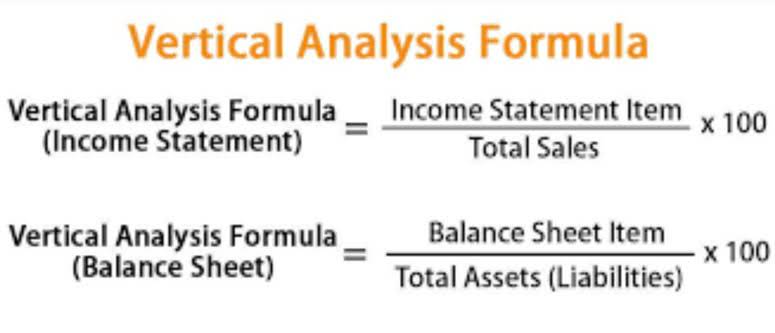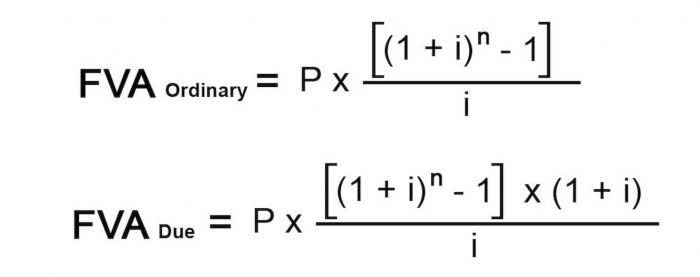
For example, an employee who works a full-time, 40-hour week would equal 1.0 FTE. As would four part-time employees who each work 10-hours per week, totaling 40 hours. You can calculate FTE to fte meaning determine how much a project will cost in terms of time and personnel needs. Headcount refers to the total number of employees in an organization, regardless of the number of hours worked.
FTE Calculator
If you’re ever asked to calculate FTEs for your company, the person or organization asking you for the figure should be able to outline exactly how they expect you to arrive at your result. Generally speaking, you can arrive at your own FTE by following the steps below. With FTE, you can get a clearer picture of how your employees are performing in their jobs.
Fed up With Late Client Payments? Get Paid Faster With 3 Tips
- If it’s a 40 hour week, each employee that works 40 hours per week is equal to 1.0 FTE.
- This tells you how many FTE employees your part-time workers add up to.
- The actual PTO an employee can accrue may depend on several factors, including years of employment that dictate an employee’s hourly PTO accrual rate.
- To do this, multiply the number of weeks in a year with the number of hours for a full-time position.
- Rather than hiring new employees, businesses can use FTE to deploy staff across various departments thereby keeping costs down.
- Next, divide the above number by the ideal number of work hours for a full-time employee per month.
- Therefore, an FTE for a standard full-time worker working 40 hours per week is 1.0 FTE.
For instance, in terms of business, calculating FTEs can be useful in determining how many hours part-time employees should work to equal the number of hours full-time employees work. Such calculations facilitate accounting processes such as estimating wages, payroll, costs, etc. In most cases, employers fall below the threshold required to be an ALE and are, therefore, not subject to the employer shared responsibility provisions. By determining your company’s FTE you get a better understanding of how effective and useful your workers are. Part-time workers are usually paid less than full-time employees and may not have access to the same benefits.

The Global Workforce Payment Platform

Various FTE formulas accommodate different timeframes and employee types. For weekly calculations, FTE equals total hours worked divided by standard weekly hours (e.g., 40 hours). Monthly FTE is total hours divided by standard monthly hours (e.g., 160 hours). Yearly FTE divides total hours by standard yearly hours (e.g., 2,080 hours). Part-time and seasonal workers contribute to FTE by calculating their hours worked as a proportion of full-time hours. For example, if a part-time employee works 20 hours per week and standard full-time hours are 40, their FTE would be 0.5.
How Do You Convert FTE to Hours?

Our model will then instantly calculate the Full Time Equivalent for you. In our hypothetical scenario, our company has the equivalent of 52.40 full-time employees. Employers can use FTE to evaluate their hiring capacity and current payroll, as well as for reporting purposes related to labor laws and employee benefit programs. The list should include the employee’s name and the number of hours they work per week.

Full Time Equivalent Formula
After you have all your employees’ work hours in one place, make sure you follow the steps in the How to calculate FTE for your company? Since Clockify basically did most of the job by tracking your employees’ work hours — the other part of the FTE calculation will be quite straightforward. Since both are considered to be full-time schedules in their respective https://www.bookstime.com/ companies, both count as 100% or 1.0 FTE. In this step, you have to add the total work hours worked by each full-time employee and total working hours worked by each part-time employee. This could refer to either a single full-time employee or two or more part-time employees whose contributions add up to the equivalent of one full-time worker.
Why is FTE important for PTO?
100% FTE or 1.0 FTE refers to one full-time employee or a number of people who make up the duties of one full-time position. To qualify for PPP loan forgiveness an organization must have maintained the same level of FTE employees during certain specified time periods following the loan disbursement. The Affordable Care Act (ACA) is designed to reduce the cost of health coverage for uninsured and lower-income individuals and their families. Under the ACA, some large employers might be responsible for providing minimum essential coverage or making shared responsibility payments to the IRS.
How to Calculate FTE for Individual Projects
Bear in mind that in some cases, a year can have 53 weeks so the number of hours may be slightly different. Make sure you don’t count in 1099 contractors since they are not considered employees. Now, if you would like to calculate FTEs company-wise, make sure you adhere to the following steps below. FTE refers to one full-time employee or the equivalent of a full-time employee. If you’re offering health coverage to remote workers, there may be some additional considerations. Calculating FTEs will also determine an employer’s duties under the shared responsibility provisions of the Affordable Care Act.
- Staying up-to-date on laws, getting legal advice, and having clear processes are crucial to ensure FTE calculations are legal and fair to workers while following the rules.
- An employee with a regular budgeted assignment of 75% of a full-time job position has a 0.75 FTE.
- To determine this amount, ask yourself, what do you expect a full-time employee to work in terms of hours per week?
- Because the number of employees says nothing about a company’s actual work performance.
- For example, if one part-time employee works 20 hours per week and another works 30 hours per week, their combined hours would equal 50.
The importance of determining FTE
Key global rules affecting FTE include the Fair Labor Standards Act (FLSA), laws on working conditions, healthcare rules, union deals, tax and benefits laws, and data privacy rules. Employers must calculate FTE accurately to determine things like overtime pay and staffing needs. Staying up-to-date on laws, getting legal advice, and having clear processes are crucial to ensure FTE calculations are legal and fair to workers while following the rules. FTE is a powerful tool that helps organizations manage their workforce, plan budgets and measure performance.






